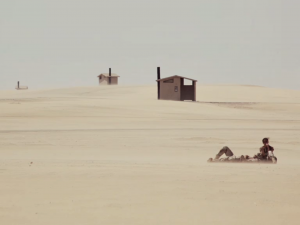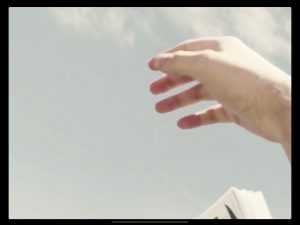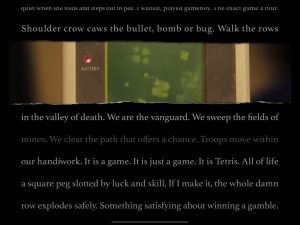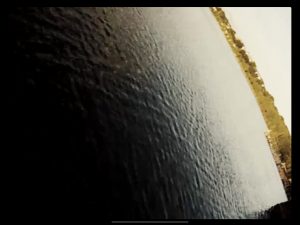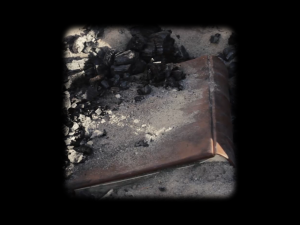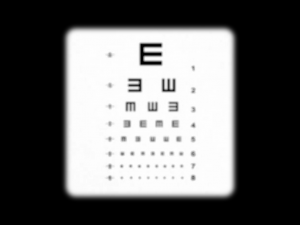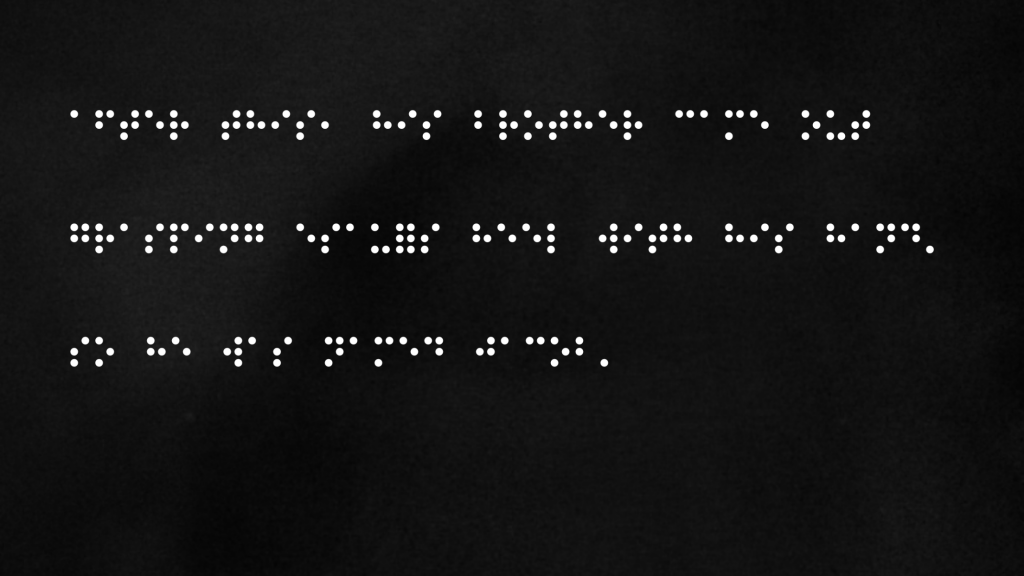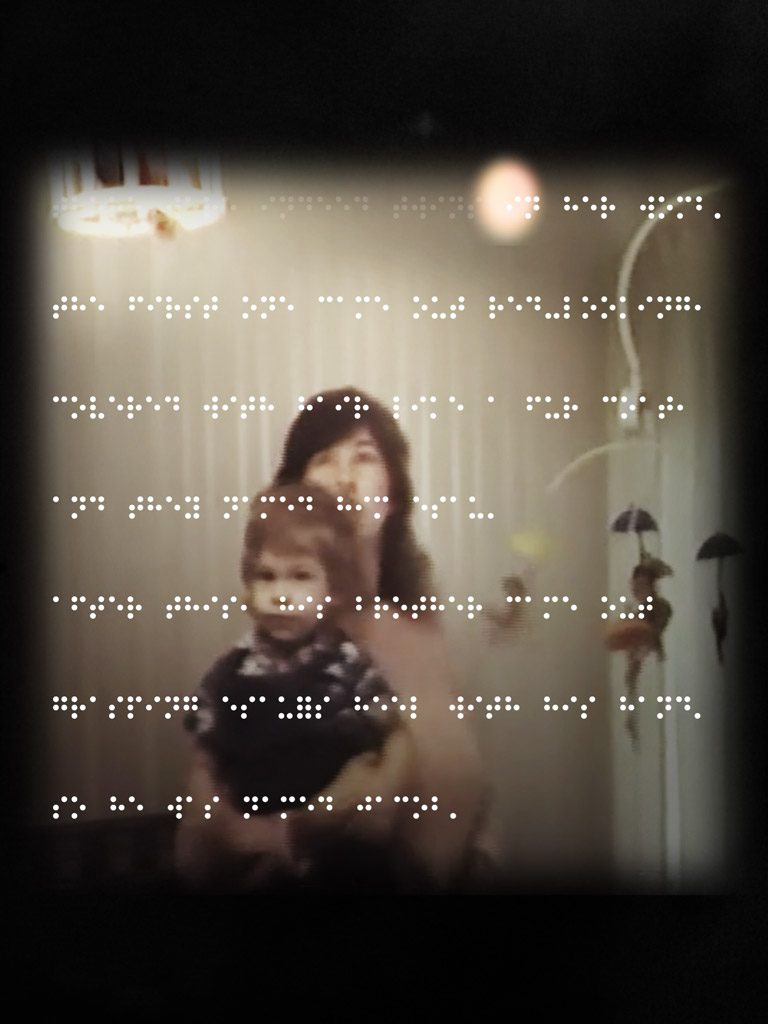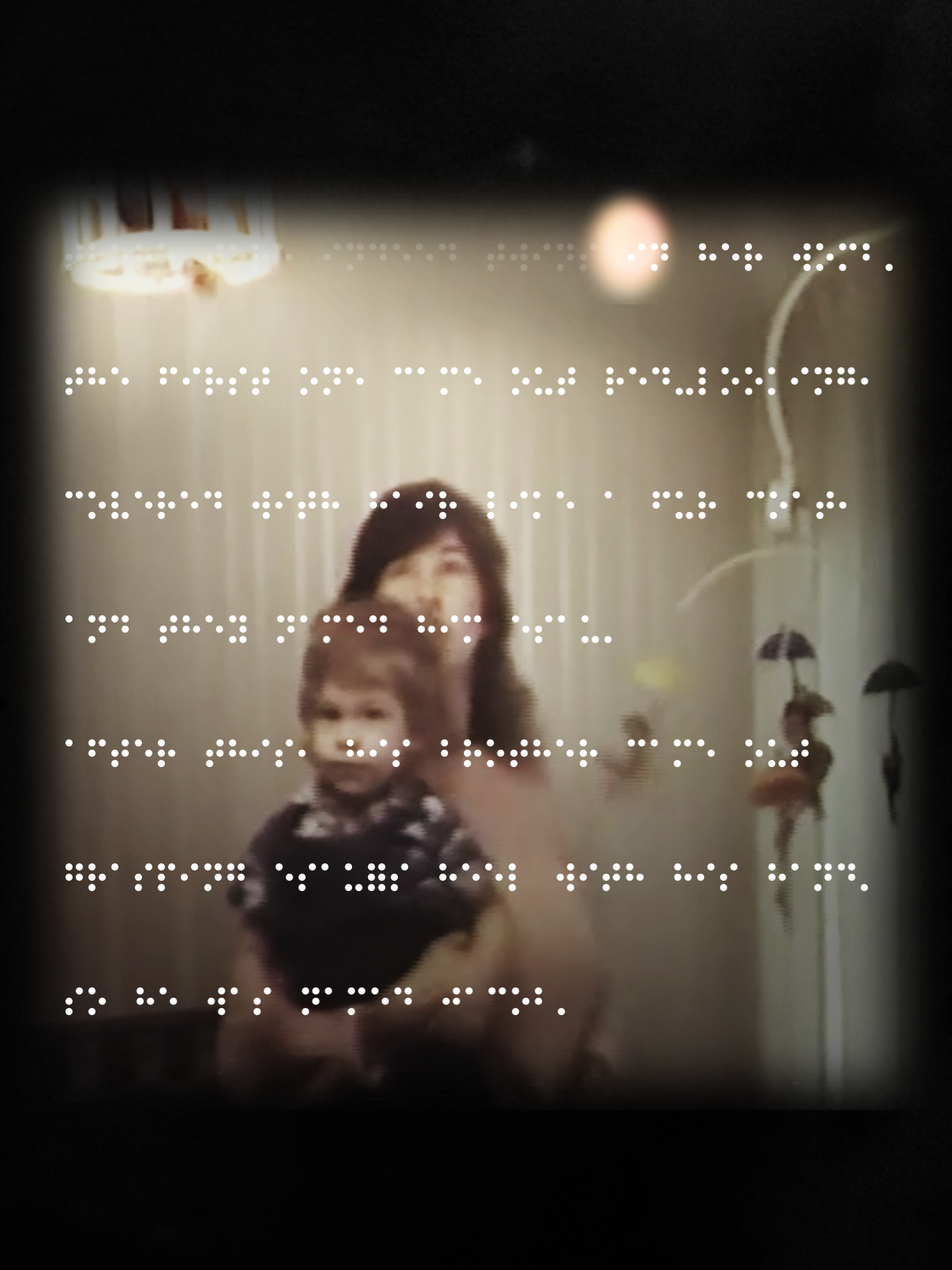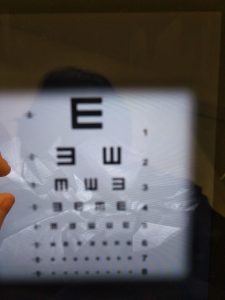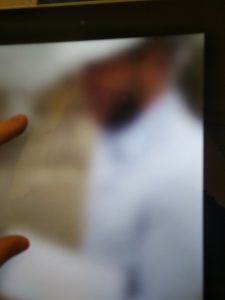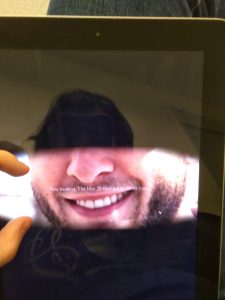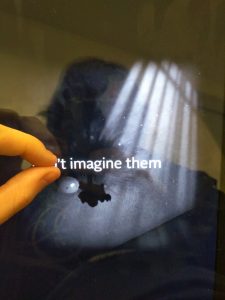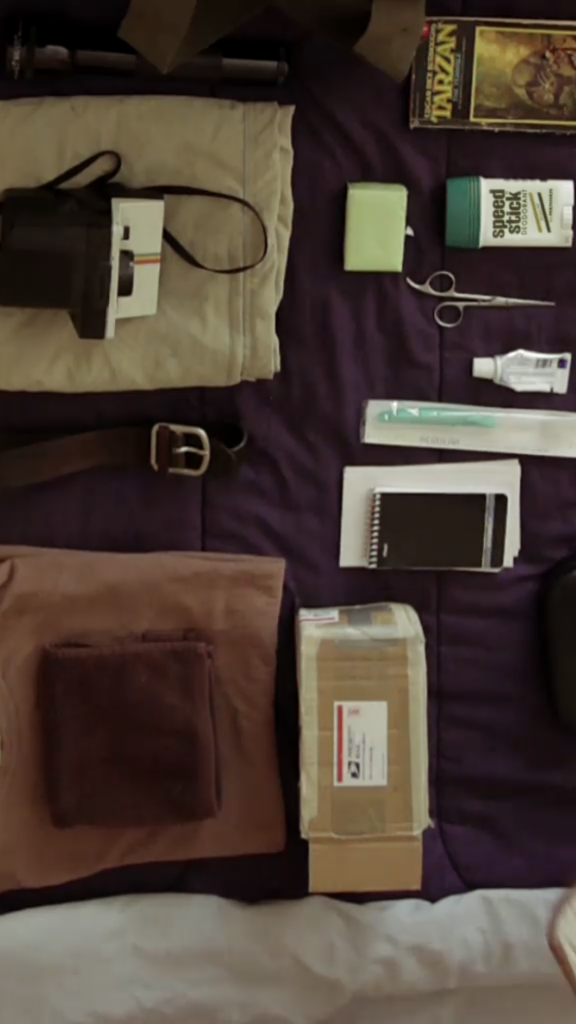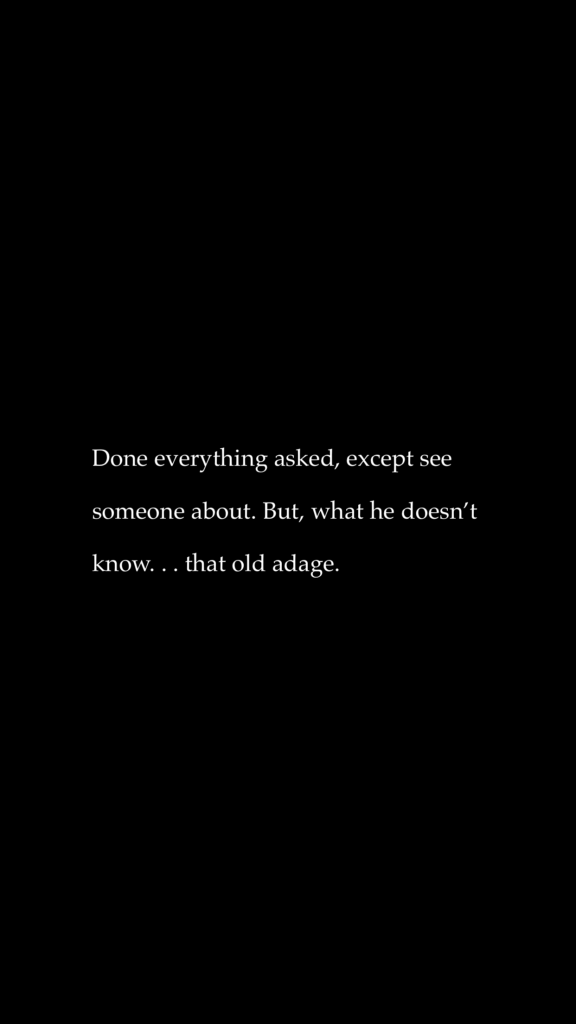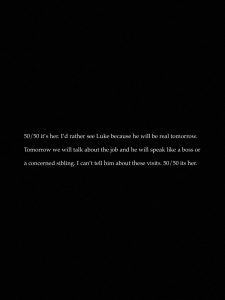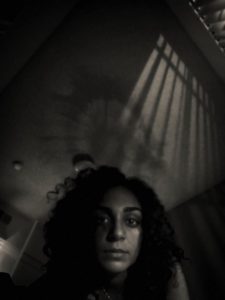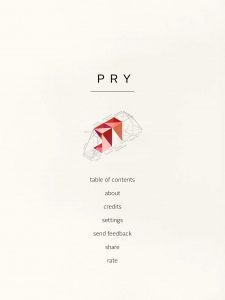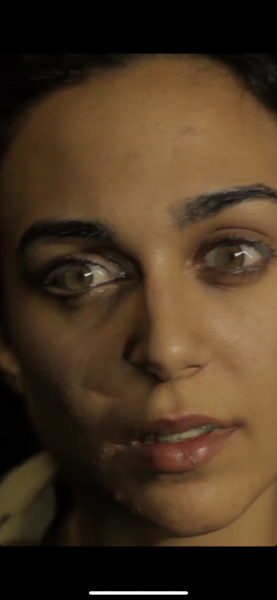The second half of Pry further expands on the previous user interaction method. This is done by evolving the prying open and shut interactions to view through the main characters and thoughts, to being able to flip through different camera shots and make them last however long the user wishes.
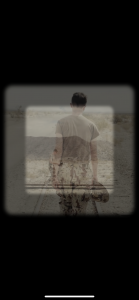
This portion of the narrative, in Chapter 7 was especially interesting to me, since it seemed to be trying to convey an even more cinematic approach to narrative storytelling. Being able to watch each shot in the scenes however long one wanted made it feel as if I was editing the scene to have the timing that I felt was most interesting. I would be interested to compare how long the people made each shot of each scene last, and see if it gave the scene a different effect than what I experienced.
I also found it interesting to play around with how the shots looked overlayed on one another, just in case any imagery was hidden. However, I found nothing out of the ordinary for Pry from this method.
My interpretation of Pry is that it is about a man who enlisted in the military at a young age, although his eyesight was destined to deteriorate rapidly throughout the years. He developed many relationships with several people, one of which was a girl named Jessie. She died in an accident of some sort, and the main character continues to blame himself for her death. He works with his friend named Luke, who he does not trust because of the way he encourages reckless behavior if the main character and others.
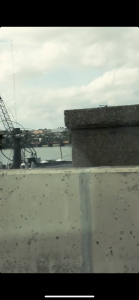
Throughout Pry, there are themes of grief, guilt, deceit, PTSD, etc. most of the narrative is the main character trying to comprehend his thoughts caused by anxiety disorders from his real thoughts. Pry takes a non-linear look at how someone might deal with emotions and try to understand themself while dealing with several nearly debilitating issues (anxiety, PTSD, loss of eyesight, etc.).
